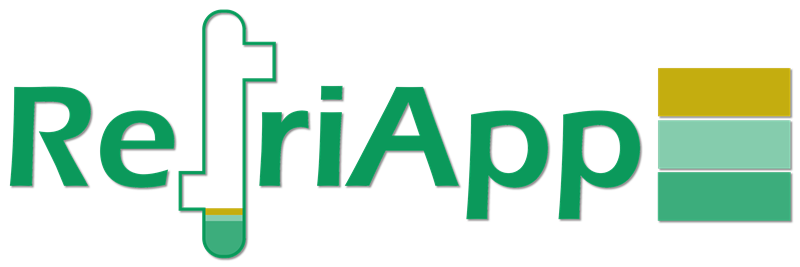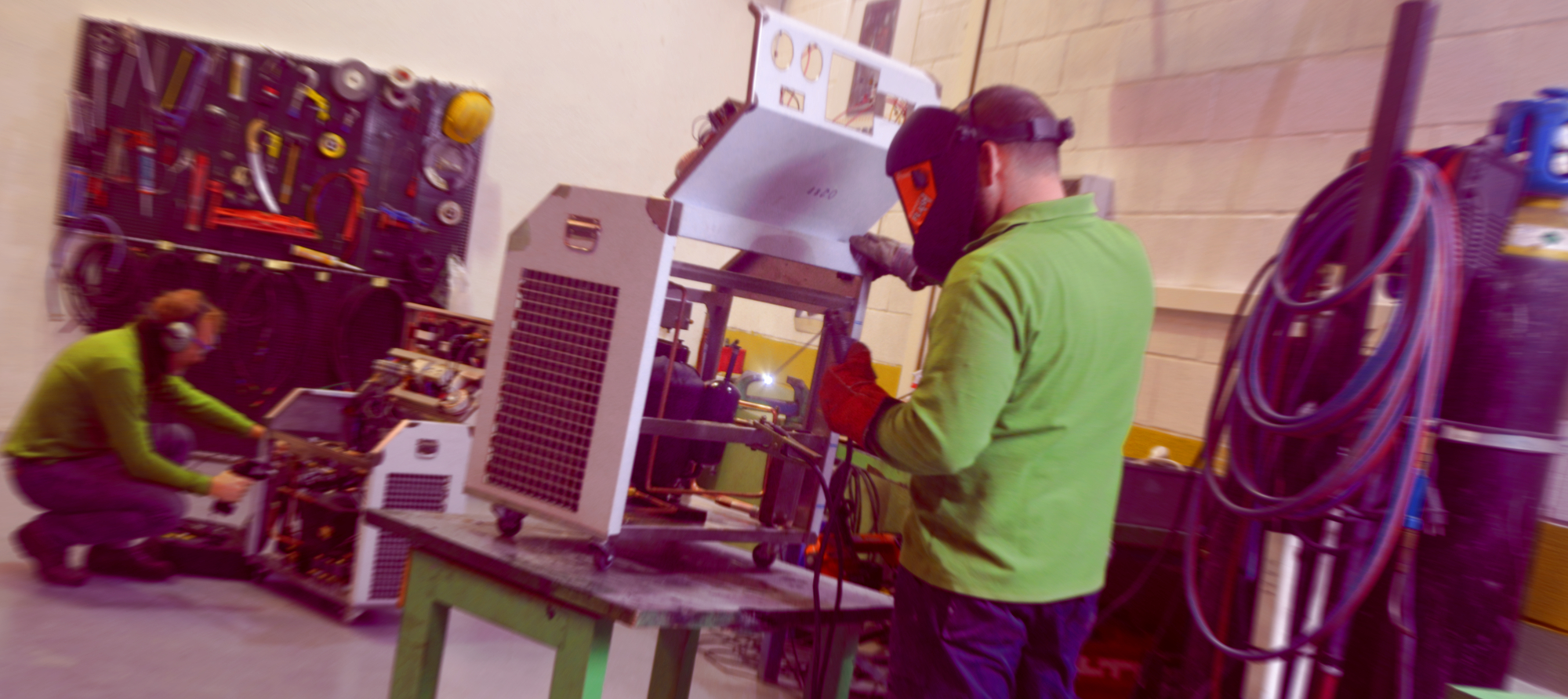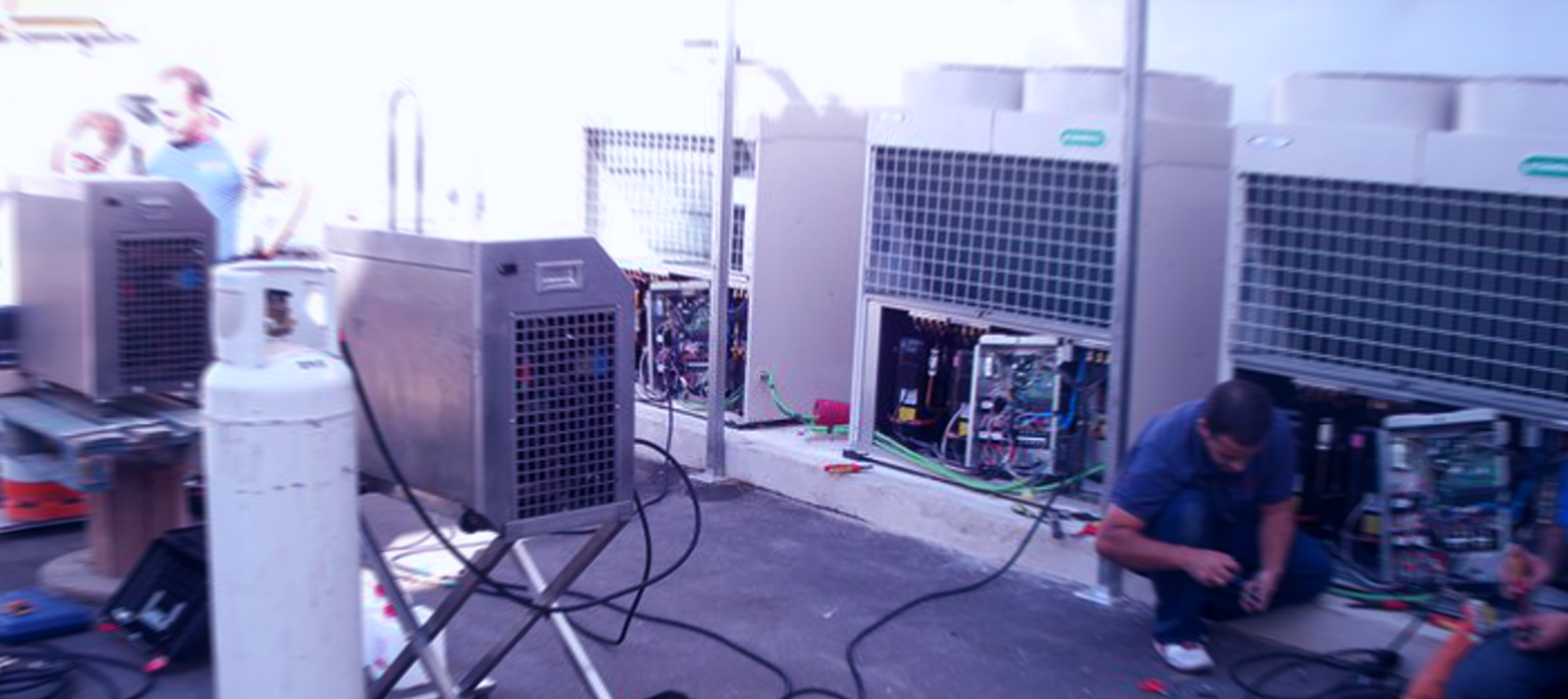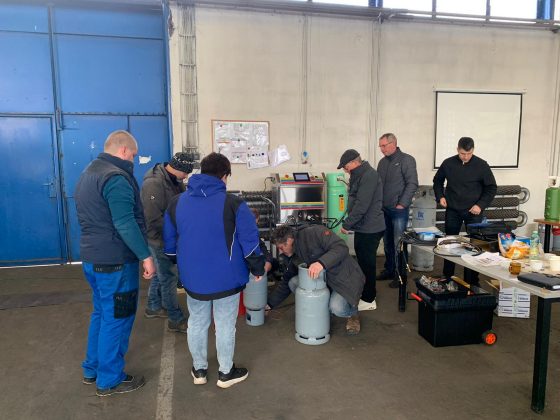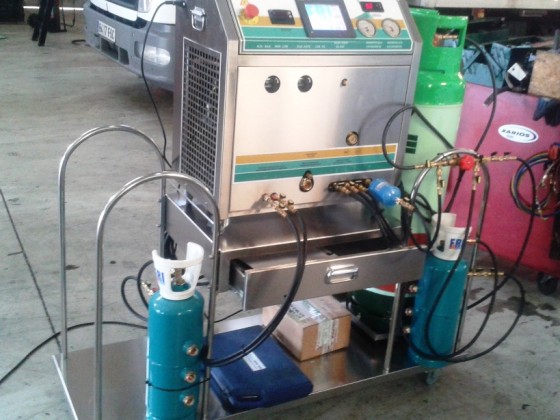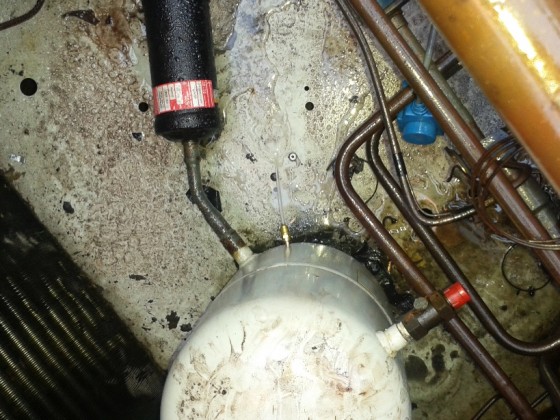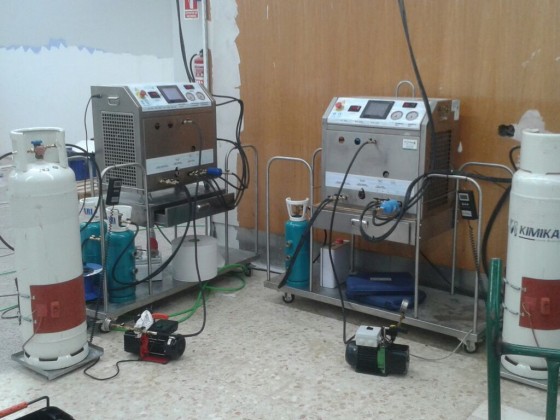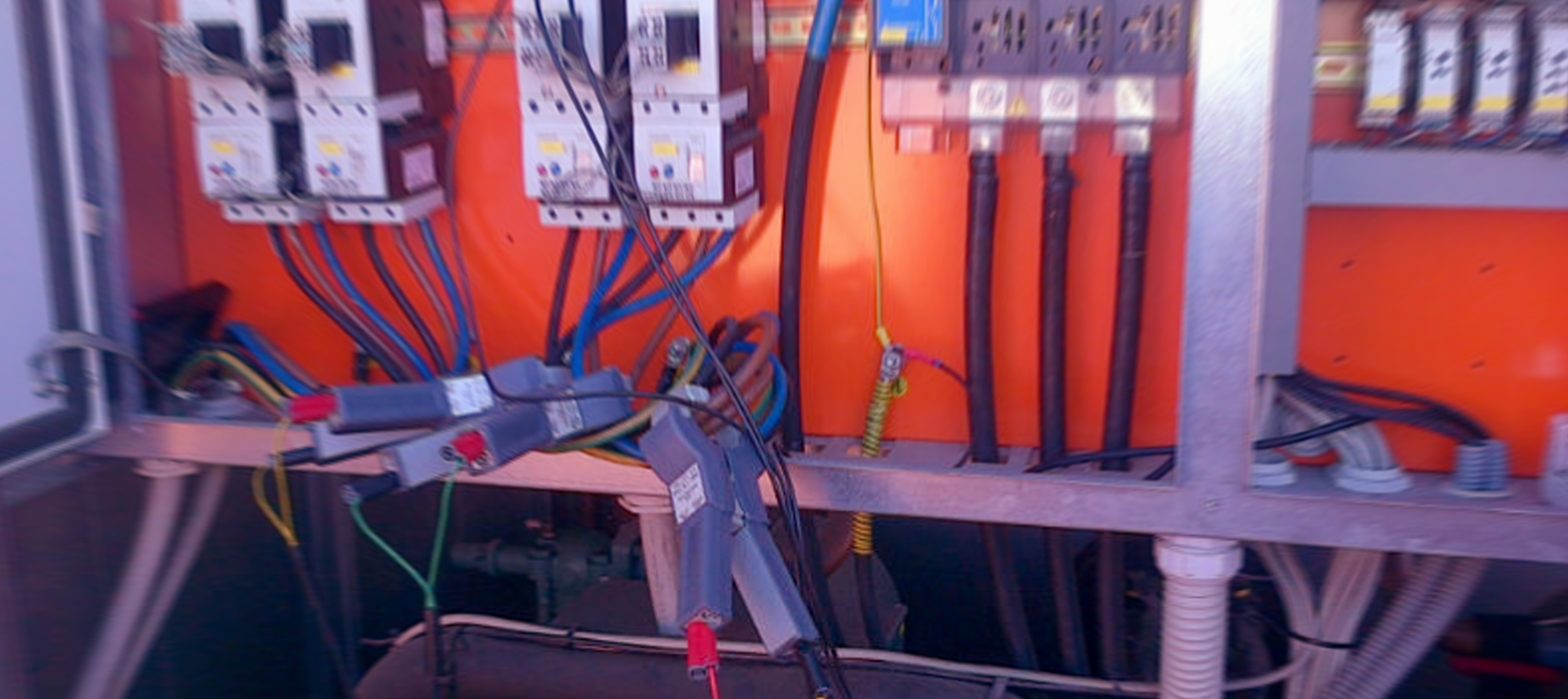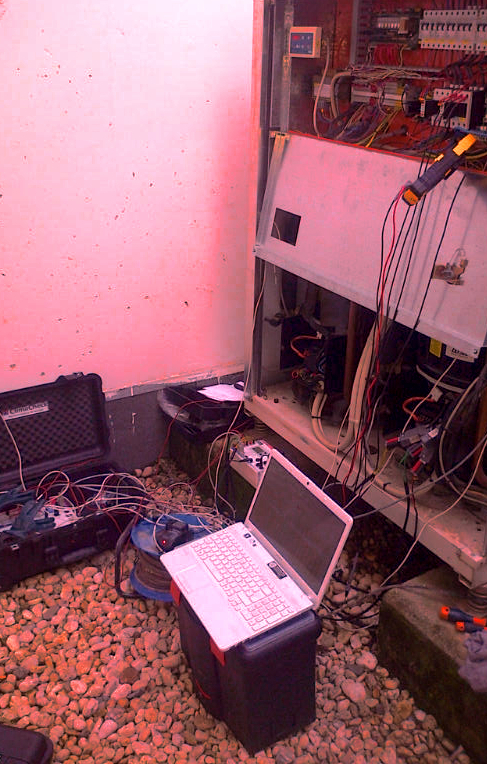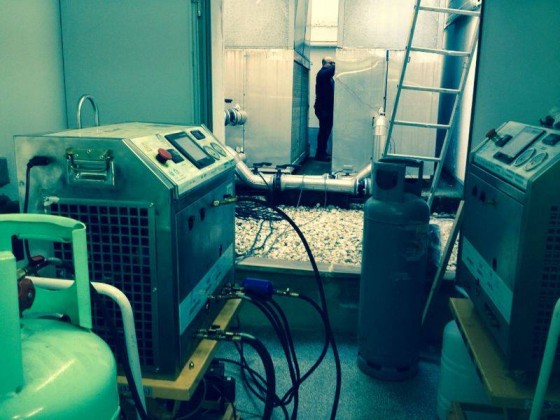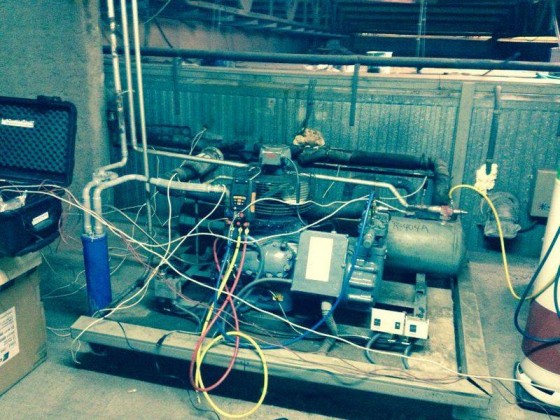How do I troubleshoot if I get strange results?
If you experience unexpected or unrealistic data it is important to methodically check data and possible sources of error. All analysing of performance will regardless of method depend on both the accuracy of input and the use of proper calculations. The calculations is in the case of ClimaCheck defined by the used template and there are different templates for different applications. With ClimaCheck you can use the following troubleshooting method if you experience a deviation from expected or references values.
- Check measurement by measurement that each value is realistic. The best way to do this is obviously with a second meter if you have a specific issue but there are several means of identifying issues by looking at the measurements.
- Pressure sensors are typically quite linear with the most common error affecting offset. This means that it is often enough to checked versus atmosphere pressure but comparing with a traceable reference is always best.
- At stand still the pressure normally equalise if there is no solenoid. If both pressure sensors show the same you can almost be certain the measurements are good as it is a low likelihood two sensors with different ranges should show the same. You can also run pump/fans and stop compressor pressure should then equalise with the temperature of incoming air/water.
- It is normally also know what pressure is expected at a given exiting air/water temp of evaporator/condenser. Small deviations of pressure measurements has a low impact on performance and large should be identified by strange pressure readings.
- Temperature sensors/measurements with ClimaCheck is done with high accuracy Pt1000 class A sensors these can best be checked versus a known traceable reference.
- If you run the system with some flash gas at the sight glass the sub cool should be near zero.
- Power measurement most often creating “problems”. There are many computations with 3-phase power measurements and it is more seldom alternative measurement equipment with high accuracy is available.
- The easiest way to check is to compare power with compressor manufacturer data (the leading manufacturers often have softwares with reliable data whereas some offer less reliable data. It is important if you want to have high accuracy to be aware of that inaccuracy increase if you are below 20% of range of current transformers.
- You can check the power with a multimeter Volt/Amp measurement together with an assumption of 0.8-0.85 as normal power factor if you do not have detailed info. But this is more of an estimate.
- The only assumption the ClimaCheck method use is the energy balance over the compressor and the 93% will be a good assumption for heat losses for hermetic and semi hermetic compressors (the maximum identified in a survey was 10% and minimum 3% e.g. the error will be maximum 3-4% at extreme cases). This is only true if there is no additional cooling e.g. heat exchange with ambient air in a cabinet/room or external cooling through special devices such as oil or water cooling. External cooling can be:
- Liquid carry over from evaporator. This will give a warning for low superheat but also give a fictive high compressor efficiency (also gives warning) and fictive high COP/Capacity. Very few if any compressor manufacturers accept liquid carry over as this will drastically affect compressor lubrication as the liquid carry over will increase the refrigerant content of the oil which decrease the viscosity that result in increased wear and shortened lifetime expectance. Liquid carry over is a common problem on air to air and air to water heat pumps that are often originally designed for.
- Air cooling; if forced air is blown over the compressor the heat losses will increase in particular if the air is cold. This can be the case on condensing and low temperature semi hermetic compressors with fans to cool cylinder head. This can be handled:
- By shielding the compressor from the forced air flow if the pressure ratio is not so high that extra cooling is required or by shutting of the fan if the conditions allow this e.g. if the discharge is monitored to stay within allowable limits. Shielding is often easily done with a sheet of insulation or cardboard or similar. There is no requirement to make it tight just to remove the forced air as this increase the heat losses drastically.
- By adjusting the heat losses in the constant sheet. To identify what heat loss to use there are several means either experience can be used or comparison with the what is the measurement if the system can be monitored under known condition without fan.
- Oil/water cooling. This is common on larger compressor in particular in the industry and require additional measurements and special templates for calculations see special information on this.
- Liquid injection. To inject liquid injection can extend envelope of a compressor but as it decrease efficiency to inject liquid refrigerant it should only be used when necessary e.g. extreme conditions. This is often controlled by discharge or motor temperature. These systems require special calculations and accuracy can be significantly affected if effect of liquid injection is not known and taken into account.
I´m about to measure a chiller with a subcooler. What do I need to have with me on site?
Go to www.climacheck.com and go to ”Flowcharts and Templates”. Here you will find required equipment for most different units. In the case of a sub-cooler, you will need a template, 8 temperature sensors, 2 pressure transmitters and a power meter.
Do I need to measure the temperature between the hot gas heat exchanger and the condenser?
No, not unless you are interested in the hot gas heat exchanger capacity separately. Standard measurement with temperature measurements on hot gas pipe and after the condenser will give the total rejected heat with accurate COP. If measured with a separate sensor between the hot gas heat exchanger and condenser connected to the variable TT_Cond_in, software will show condenser capacity plus hot gas heat exchanger capacity. If you add water temperatures in and out from the heat exchanger you must use an optional module for four temperatures (RTD04) available for both field – and fixed measurement.
I have two compressors in the same refrigerant circuit. How do I do?
Normally, you measure joint hot gas temperature and power input to both the compressors when there is only one refrigerant circuit. Compressor efficiency is obtained for both compressors. By using a temperature sensor (normally TT_8) on one of the compressors it is easy to check that both of the compressors have the same temperature.
Compressor efficiency is 95%, it seems high?
If the compressor efficiency is unreasonably high, it is because errors in the measurement or if the compressor has an active cooling. Active cooling can be a fan, water or oil cooling or liquid injection. It may also be a result of liquid refrigerant in the suction line of which boils and cools the compressor. For stable operation and without cooling, compressor efficiency for the most efficient compressors have a compressor efficiency of appr. 75%.
Do I need to measure flow on the secondary side to get the COP?
No, the ClimaCheck method gives COP, heating – and cooling capacity, Compressor Efficiency etc without any flow measurement. By using the temperature and pressure measurements, most cooling processes using thermodynamic data for refrigerants and energy laws are analysed.
I have a portable device. Can I measure and analyse all types of plants?
In principle, any system can be measured but for complex systems this normally requires additional sensors and specialized information. As standard you can measure a lot of different plants. For example, a circuit with the condenser, heat exchanger or suction gas heat exchanger changer. PC-templates for these units are included as standard ClimaCheck portable devices but sent upon request to ensure that the correct model is used for different systems. Units with two circuits require more sensors. To see what accessories you need for a given circuit, go to ”Templates & Flowcharts”.
Does ClimaCheck work on transcritical CO2 systems?
Absolutely. We have extensive experience in measuring transcritical units and supplies for new construction and field measurements in particular the retail market since 2009. The measurements are of great help in such commissioning and troubleshooting. Contact us for more information.
Where I can find the manuals?
Manuals are installed together with the software during a special help and libraries, and many can be downloaded on the website. Before the start of measurement, it is important that you have the correct template and the right equipment. Many can be downloaded from the website under “Documentation and FAQs”.
What are the benefits with ClimaCheck Online?
With ClimaCheck online you can from any Internet browser to go in and analyse your plant. ClimaCheck sends data over the Internet to our server where the analysis is done. Therefore, no software is required. In ClimaCheck Online, energy statistics and reports are included. Here, the plant owners can easily see how much energy the plant uses and there are also features that reflects historical energy consumption which gives a good indication of how the system is optimized.
I measure the electrical input of a residential heat pump and I believe the value is not correct
The current clamps supplied with portable equipment have a measurement error of up to 3% in the range 20-100 A. Below 20 A, the accuracy is poor, and we recommend to use fixed current transformers instead. With an input power of 3 kW electrical output of the measurement error can be above 10%, which affects the cooling- and heating capacity with the same error, while the COP value is not affected.
Is it possible to monitor different equipment from the same client, located at the same place at the same time, using single ClimaCheck equipment?
Each ClimaCheck central unit “PA Pro” has 8 pressures and 8 temperatures on board and can be expanded with additional modules most common is the RTD04 with 4 temp. These are connected to the central unit with a “telephone cable” so they are easy to extend to get x*4 temp at some distance. This said wiring is expensive so distances put some limits on cost effectiveness. If you have two chillers close to each other it is clear you normally would connect these to one PA Pro. If they would be 50-100 m apart you would typically use 2 PA Pro. If you look at the pricing you will see that the PA Pro central unit is quite cost effective versus the expansion units. Then when it comes to communication over modem there are two ways either RS232 modems for single PA Pros or Router modems for LAN with multiple PA Pros there is an added cost to the Router modem but for several PA Pros it is clearly much cheaper. The result is that there can be a cost effectiveness to expand the first PA Pro but if you move to two PA Pros then there is less cost advantage. Each PA Pro can handle maximum 100 analogue “channels” where maximum 50 can be on bus communication. Both the ClimaCheck software and ClimaCheck Online can be set up to take data from one Source and split and present it to several analyses.
FAQs didn’t solve your problem?
Contact us directly using the following form:

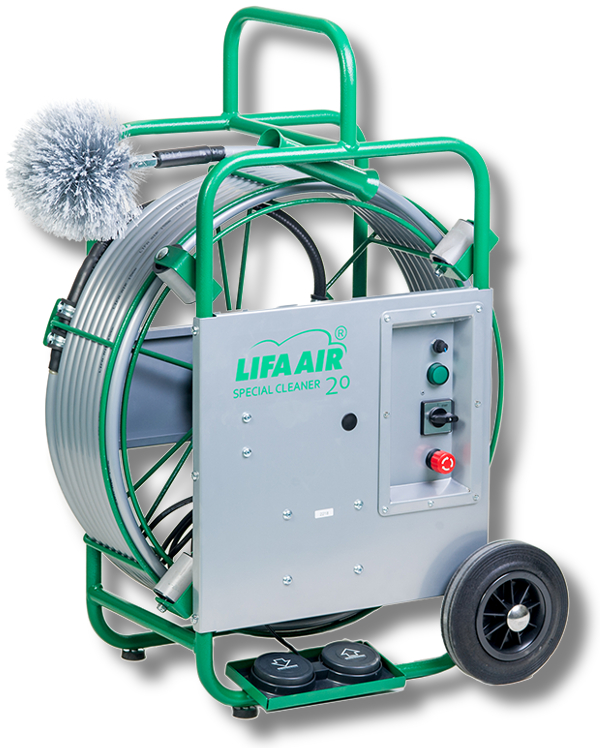
 English
English Deutsch
Deutsch Español
Español